7 Basic Jiu-Jitsu Moves That White Belts Should Learn
Taking up Jiu-jitsu involves learning several skills and techniques that make up this martial art.
At first glance, it can seem intimidating, but all techniques are developed from a few foundational ones, that all white belts have the ability to learn and muster.
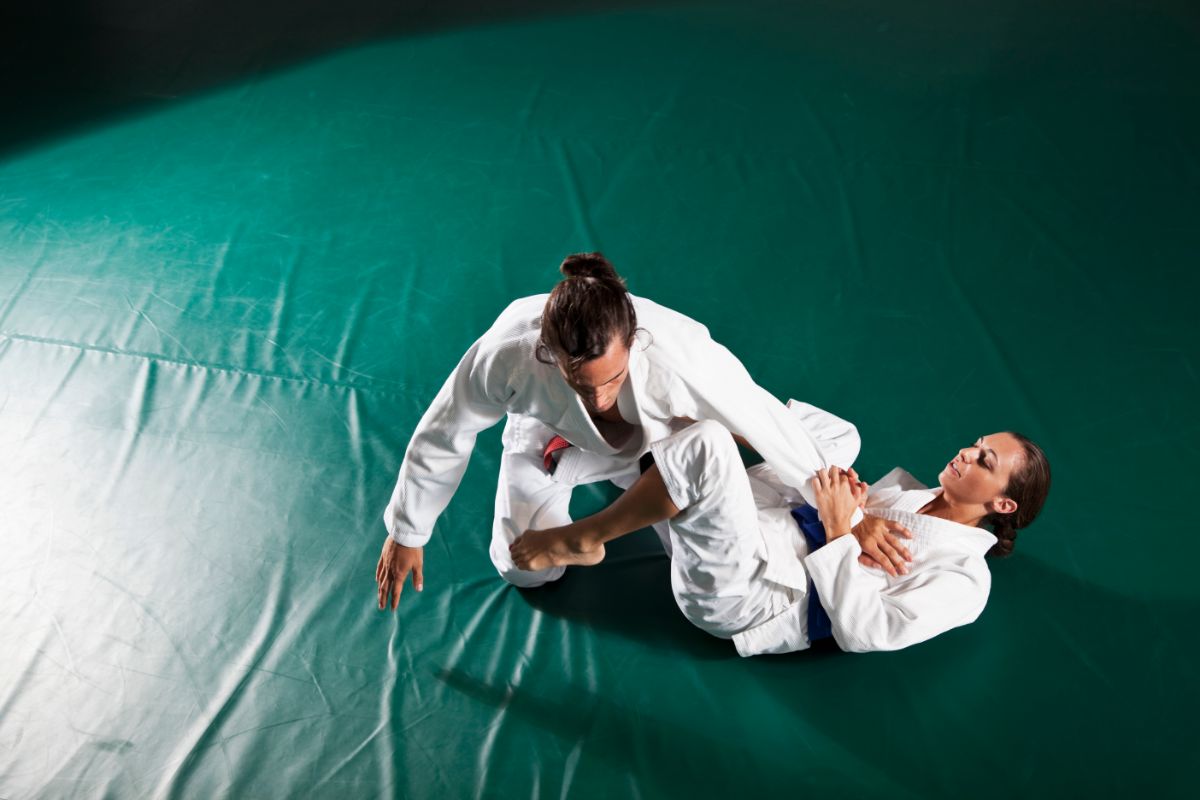
This article is going to be going over 9 of these basic techniques, that white belts can start slow with, in order to practice them and gain confidence.
What Is Jiu-Jitsu?
The word ‘jiujitsu’ was formed from the Japanese words ‘Ju’ which means ‘gentle’ and ‘Jutsu’ meaning ‘art’. Therefore, this form of martial arts is known as the ‘gentle art’.
Jiujitsu is a ground-based form of martial arts, that focuses on non-violent methods of the submission of your opponent. This is done by using pressure, timing, leverage, and certain angles.
Rather than focusing on kicks and strikes like other martial art forms, Jiujitsu involves close-contact ‘grappling’ along with techniques for holds, chokes, and occasional joint-manipulations.
9 Basic Jiu-Jitsu Moves That White Belts Should Learn
This article will now outline 9 basic moves that white belts in JiuJitsu should learn, in order to progress in this kind of martial art form.
Warm-Ups
When you begin learning Jiu-Jitsu, you won’t be practicing moves on a partner, but rather getting your body used to the techniques and allowing your body to practice them in order for it to adjust.
These are known as warm-ups and will follow the Jiu-Jitsu techniques such as escapes and submissions. However, you must learn the motions first, before practicing them with a partner.
Shrimp
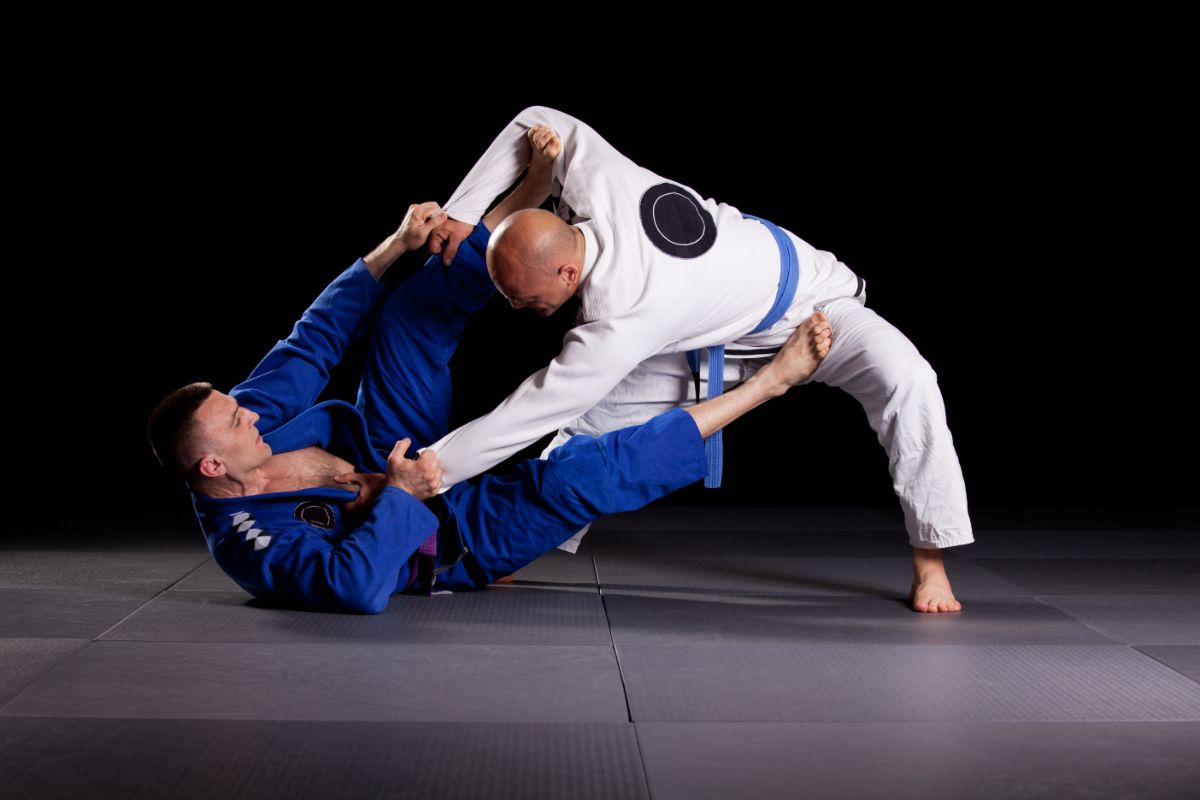
The shrimp is a popular jiu-jitsu technique, and may be one of the first ones you learn.
It is often practiced as a warm-up before class starts, and is a great escape maneuver – meaning it is designed to help you maneuver out from your opponent’s control when they are on top of you.
While laying on your back, place one foot on the mat firmly and press off, shooting your bum out and away from your opponent. Whilst doing this, you should also push away from them with your arms.
You can repeat this movement on your own while lying on a mat, or practice with a partner.
Triangle Sit-Ups
The triangle sit-up is a very important warm-up exercise, as it teaches you important lessons in Jiu-Jitsu.
You are to begin by lying on your back, and hoisting your hips into the air, and with your legs, making a triangle, or figure four. Complete this as a rep each time, until you muster the position.
The main point of this exercise, is to practice catching an opponent with your legs and bringing them down to the floor. In order to practice this in the best way possible, make sure you are rolling back onto your shoulders as far as you can.
This will help you elevate your legs even more, which is the best way to catch an opponent from this position.
This exercise really helps with your hip elevation, and will prepare you for the triangle choke entry. This is when the attacker wraps their legs around their opponent’s neck, making sure to catch one of their arms inside this leg wrap.
The attacker’s thigh is then applying pressure to the carotid artery in the neck, disrupting the flow of oxygen to the brain.
When locked in this choke, the opponent will either give up, or end up passing out.
Guard Retention
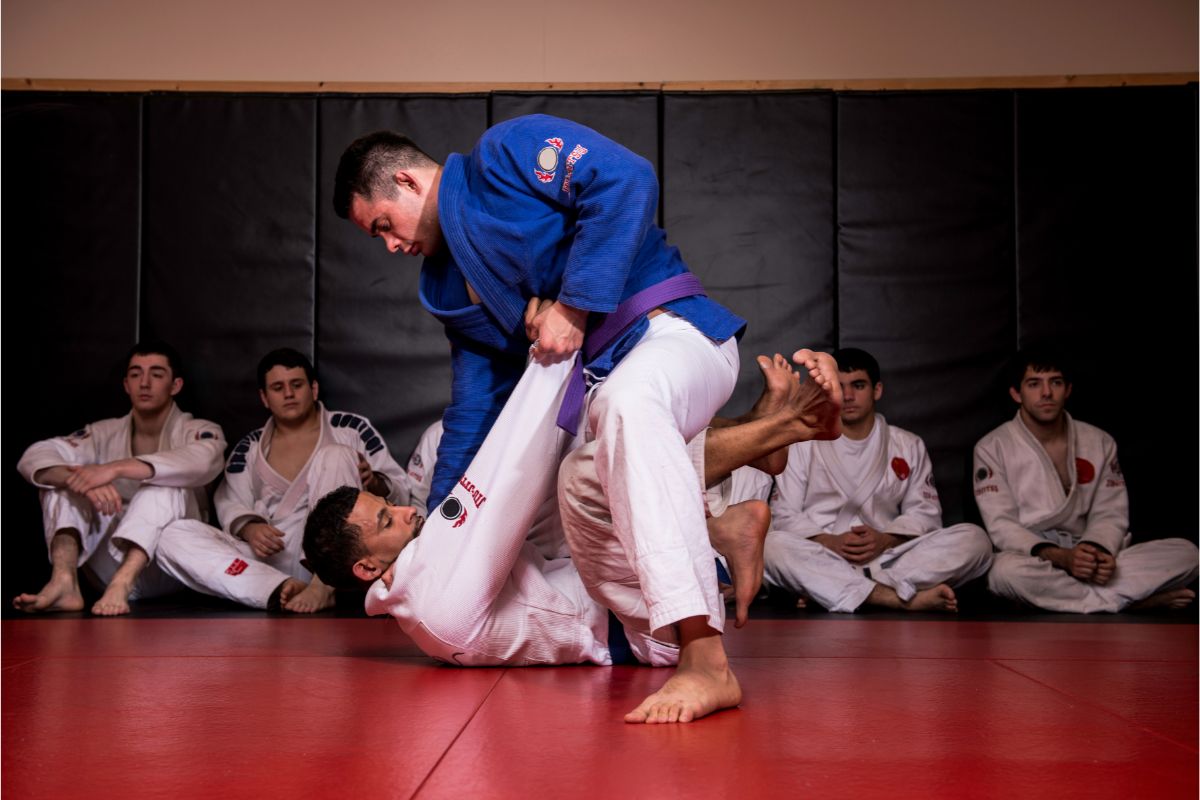
There are several ways to practice guard retention. One of the most effective and simple ways, is having a partner circle around your guard, and as they move, try and stay connected to their body with your feet.
However, finding four points of connection will give you an advantage, and as they move, you move with them.
Keep practicing by having your partner move, and as you get comfortable, increase the speed and intensity, all the while trying to stay connected to them.
Submissions
Submissions are ultimately the best part of the Jiu-Jitsu practice for many. They are certain holds that submit your opponent to the floor, leading to you winning the fight.
Below are a few submissions you can practice:
Guillotine
The guillotine is a popular submission technique that many white belts learn as they begin their jiujitsu journey.
It involves one partner compressing their component’s neck using their arms. It is often done from the closed guard position, but can also be done from the open guard, mount, and standing positions.
Rear Naked Choke
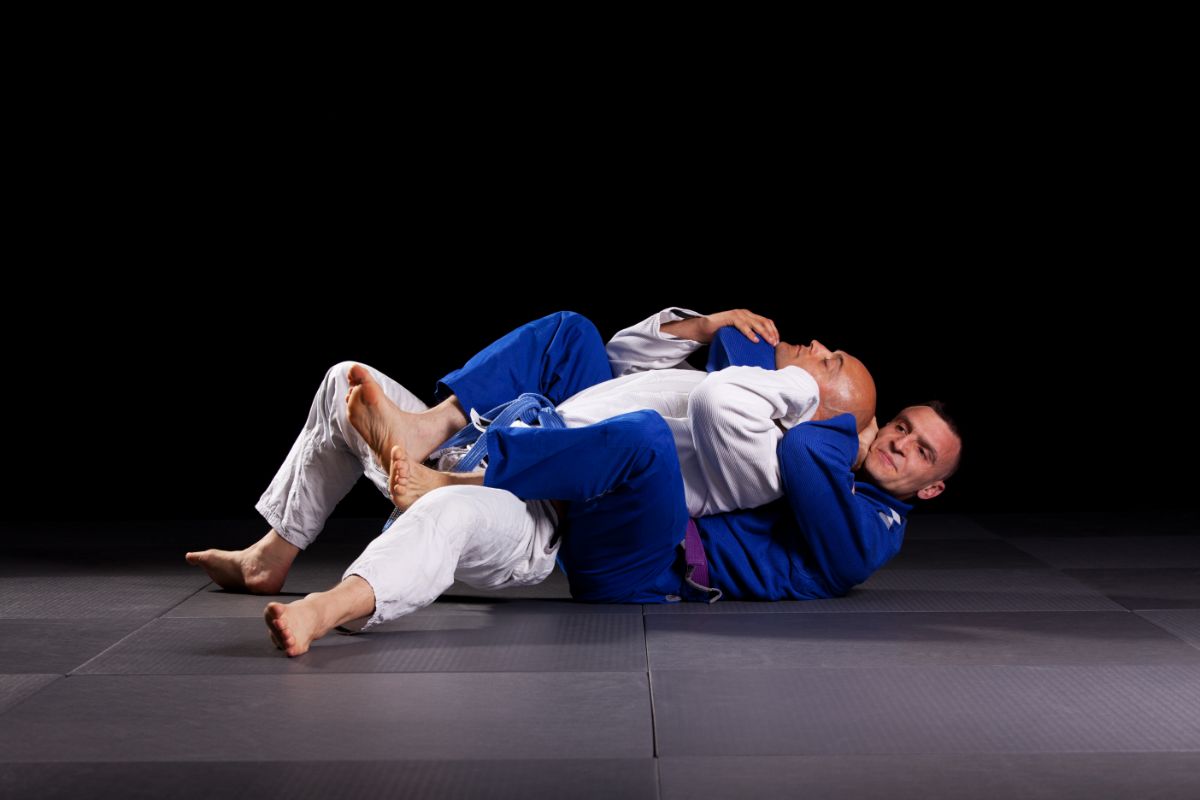
This choke hold is performed by the attacker compressing their opponent’s neck from behind them using their forearms.
Having control from the back is an advantage, as opponents cannot see what you are going to do next, thus making this a very useful submission position to practice.
Triangle Choke
The triangle choke begins from the triangle sit-up position we discussed earlier. This choke originally came from the Judo practice, but due to being able to complete it from many positions, it can become a popular submission technique in Jiu-Jitsu.
It involves taking hold of the opponent through the neck with your legs, and trapping one of their arms in this leg hold.
If constant pressure is applied to their neck, it should be enough for them to give up, resulting in your winning the fight.
Kimura
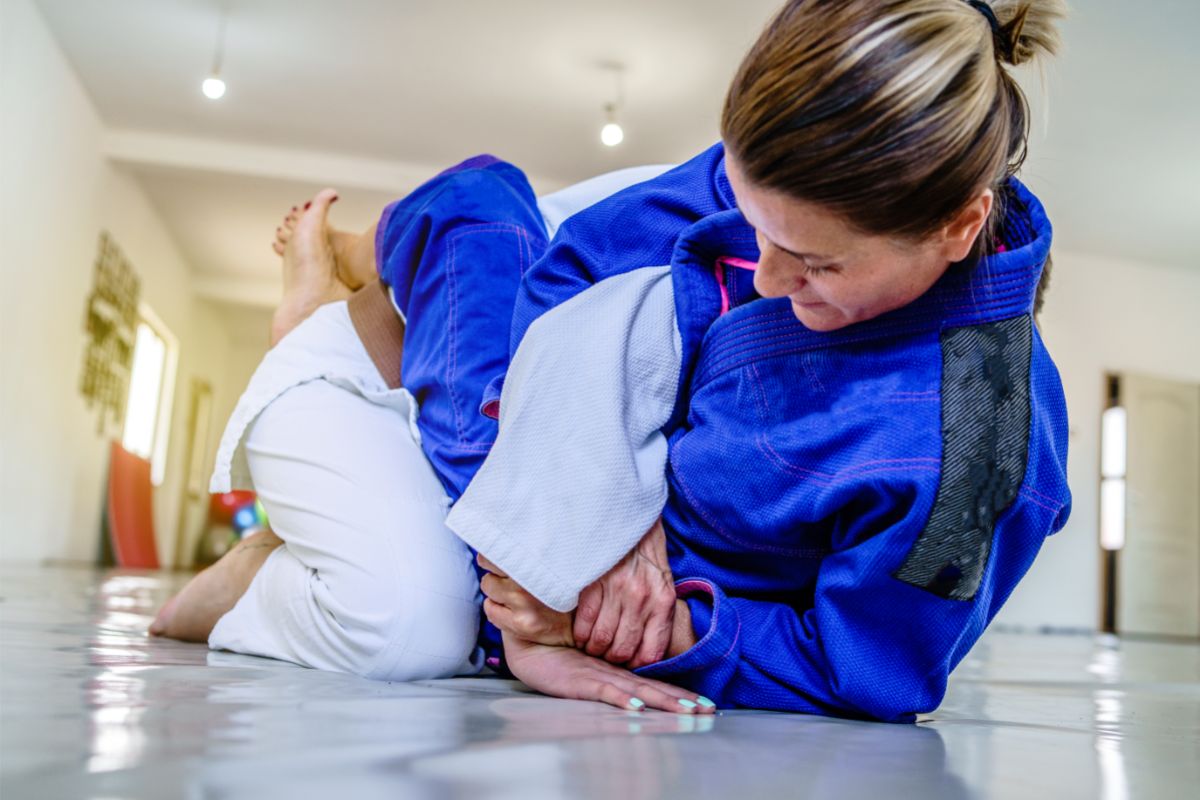
The Kimura is a very versatile submission maneuver, and it is easy to move onto other maneuvers once you’ve completed it.
You will typically perform this when in the closed guard. You are to grab one of your opponent’s wrists with the same side hand, and lock it into place by moving it backwards slightly.
Then, push up onto your elbow, facing the wrist you have just locked into place. Then, with your other hand that is free, reach over to the arm that is locked, and loop it underneath to latch onto the wrist that is being held with your first hand.
This will create a four-figure grip which is very powerful when it comes to submission techniques. To complete this technique, fall to your back slightly, and maintain a 90-degree angle with your opponent’s arm.
Continue to press their arm towards the back of their head until they give up.
Sweeps
Sweeps are a great technique to get out from underneath your opponent. They are especially useful when you are on your back, and can help you regain an attacking position.
The two sweeping methods below are basic but useful, so are good options to use when practicing.
Tricep Sweep
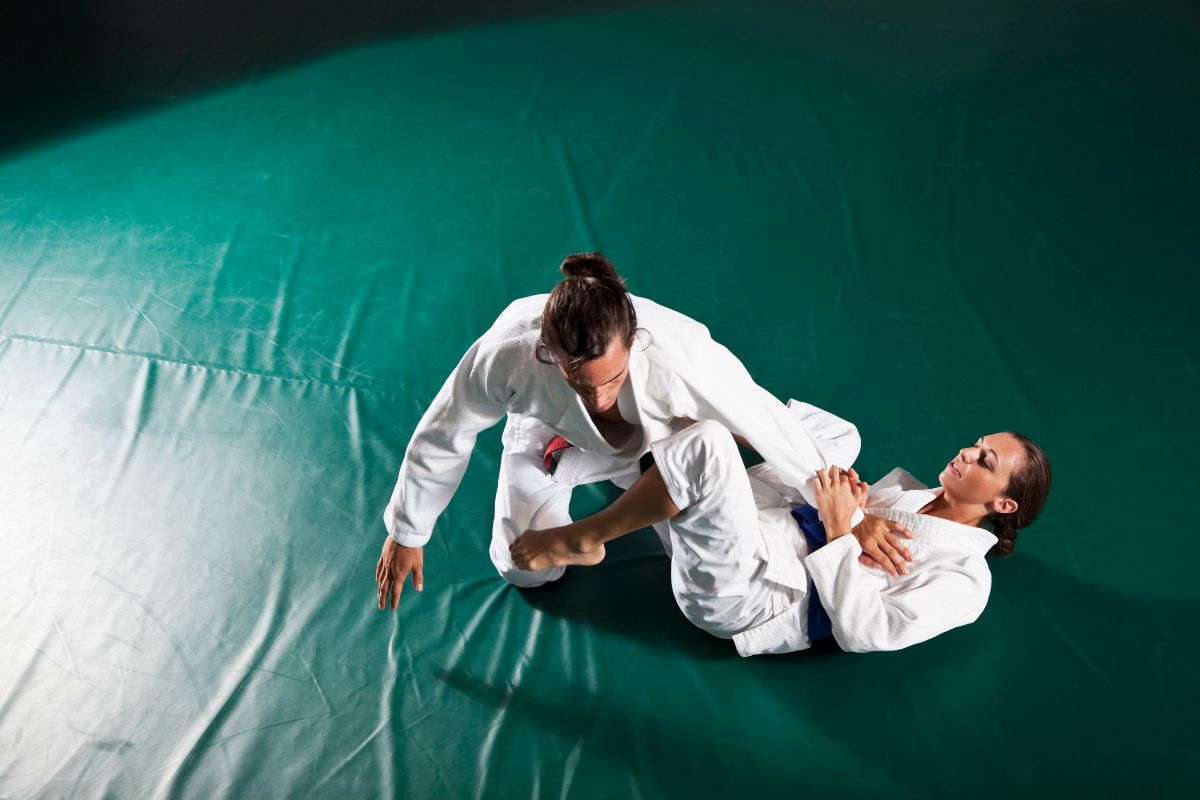
The tricep sweet is also known as the hip bump sweep, and sit-up sweep, as these are different variations of the technique.
You can perform this sweet from the closed guard position, and can begin by rocking back and forth to gain momentum, before moving onto your elbow.
Then from here, you are to move your arm and loop it around your opponent’s shoulder, taking hold of their bicep.
You are then to bump your hips in towards their free arm.
Pendulum Sweep
The Pendulum sweep is also a very popular, and effective maneuver. Begin by under hooking your partner’s leg, and making sure the bend in your arm meets the bend in their leg.
You must also ensure to hold onto their far side arm, or else this could ruin your sweep motion.
In the direction of their trapped arm, make a windmill motion with your legs. Then, with the hooking arm, press up against their leg. This will then take you into the mount.
Final Thoughts
While JiuJitsu seems difficult at first, learning the basic techniques and practicing them frequently will give you a solid foundation.
By learning the warm-ups, submissions, and sweeps listed in this article, you will be able to form a solid foundation of the JiuJitsu practice, and will only develop on those skills as you work through this martial art.
Frequently Asked Questions
How Long Does It Take To Learn Jiu-Jitsu?
Learning Jiu-Jitsu is a lengthy process, and in order to earn a black belt, it takes years of discipline and dedicated.
It normally takes around 10 to 15 years to achieve a black belt in Jiu-Jitsu, but there are exceptions, as this depends on how skilled a person is, and how often they practice.
Is Learning Jiu-Jitsu Good For Self-Defense?
Knowing the fundamentals of JiuJitsu is very good if you’re interested in learning how to defend yourself.
Jiu-Jitsu is based on techniques that help you knock your components to the ground without violence or pain.
Knowing how to do this will protect you from attacks and blows, and also will enable you to control your attacker on the floor without causing any damage to them.
Is There Punching In Jiu-Jitsu?
One of the best things about JiuJitsu, is that it allows smaller components to compete with others that are larger than them.
How Many Times A Week Should You Practice Jiu-Jitsu?
If you are a beginner, practicing JiuJitsu around 2 times a week is enough time to get a good amount of practice in without burning out and feeling too sore.
This allows you to learn techniques, and practice them in order to use them when it comes to fights.
Once you become confident and stronger, you can increase your practices to 3 or 4 times a week. This will give you even more time to gain confidence and perfect the techniques you are learning.


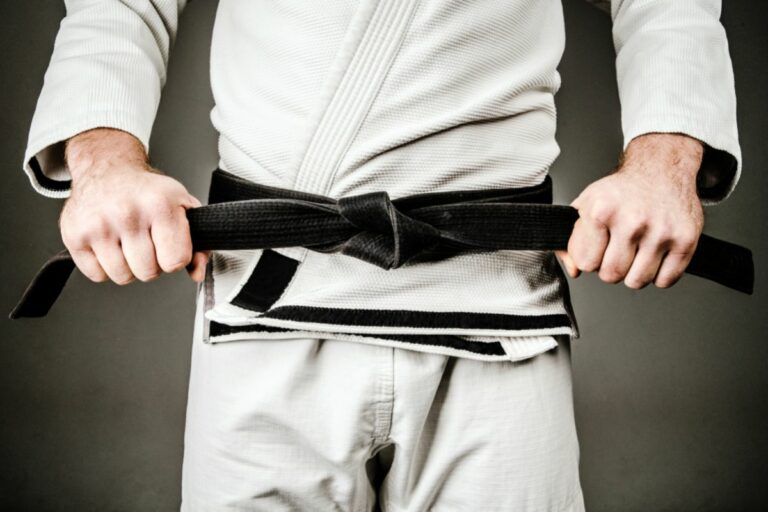
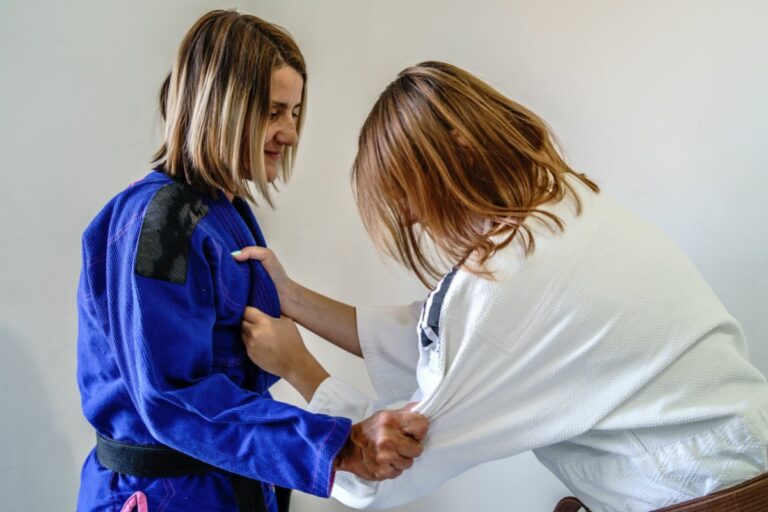
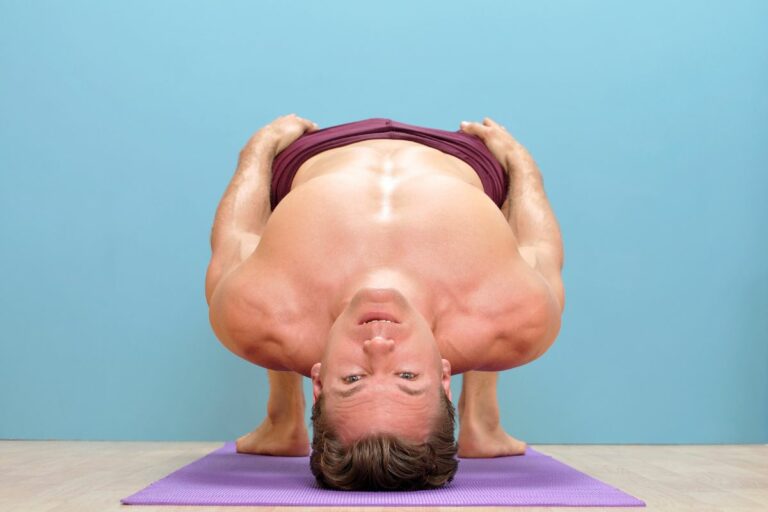
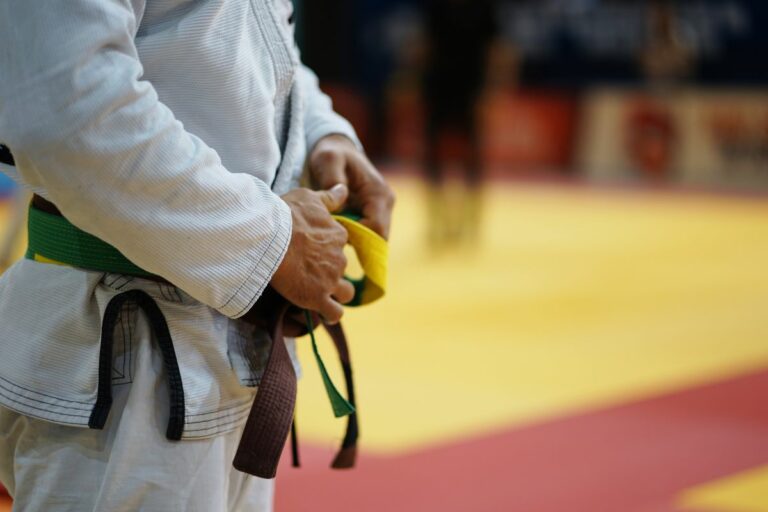
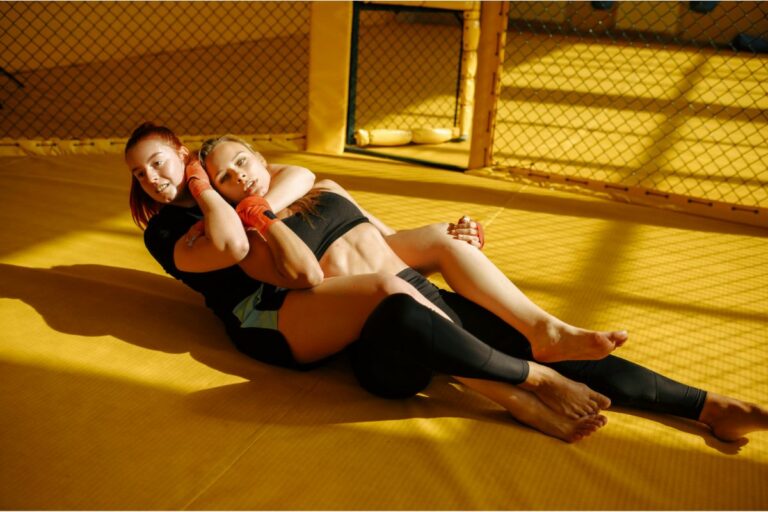
![[EXPLAINED] What Is Jiu-Jitsu? | The Best Martial Art](https://mmaboxx.com/wp-content/uploads/2022/06/EXPLAINED-What-Is-Jiu-Jitsu-768x512.jpg)